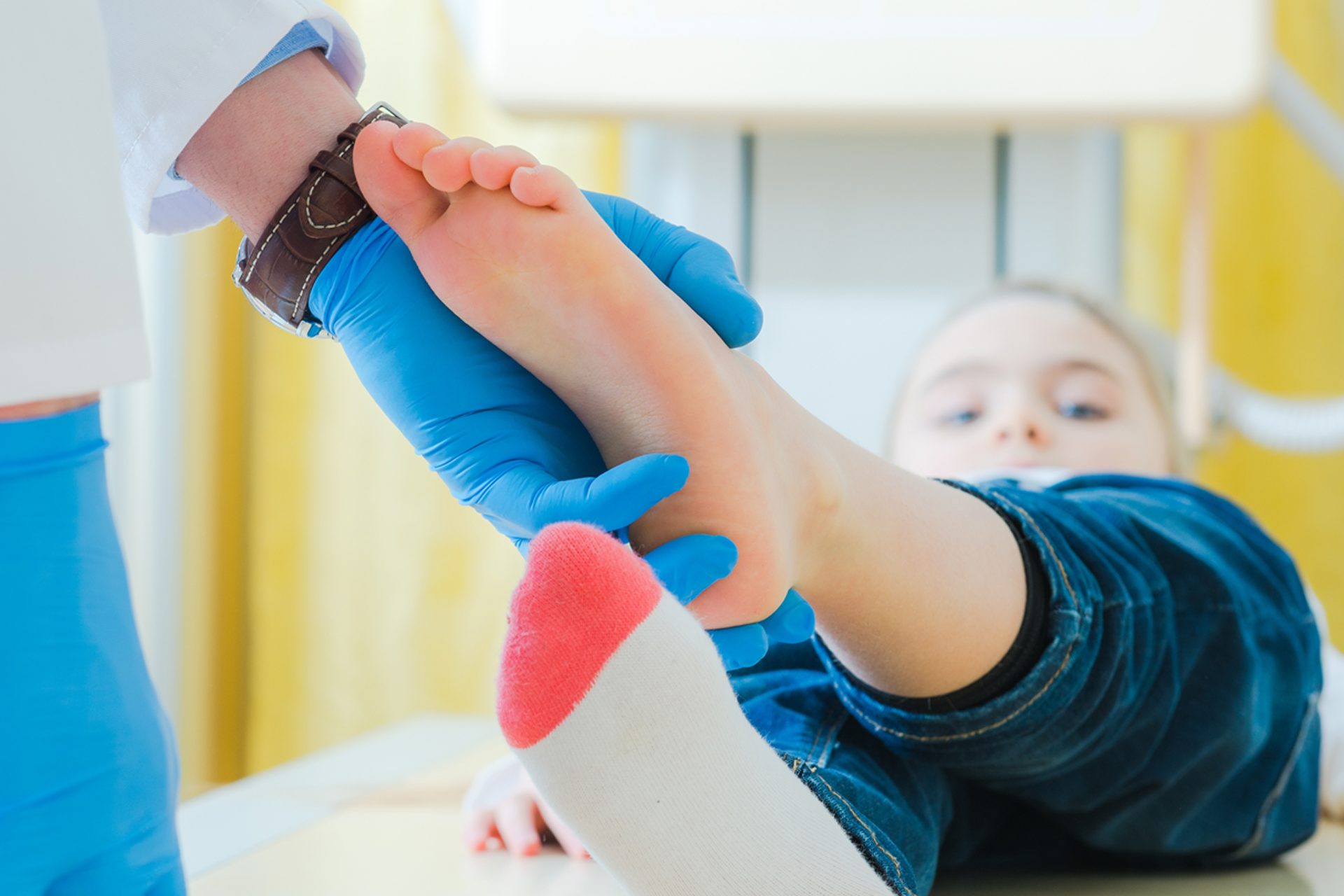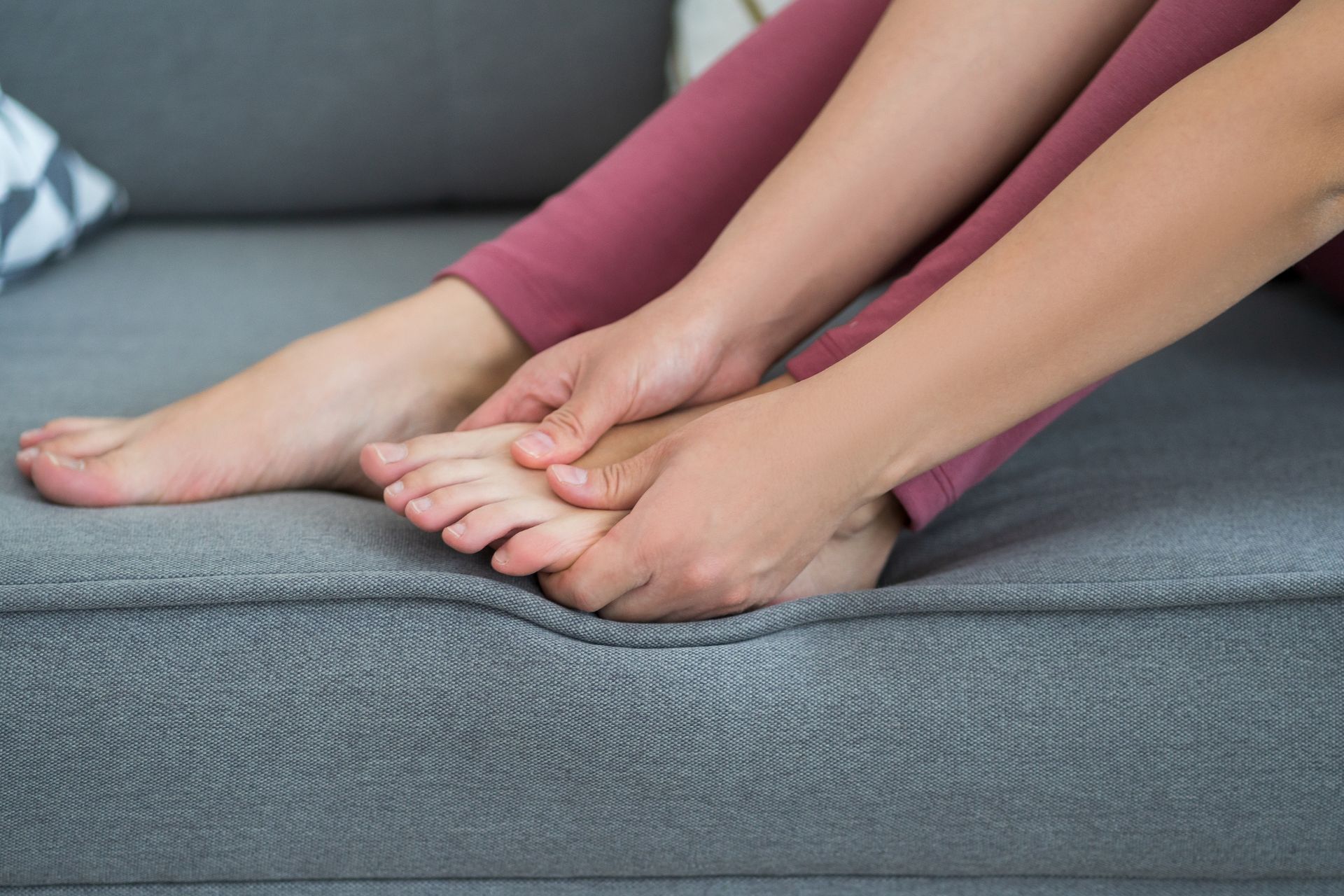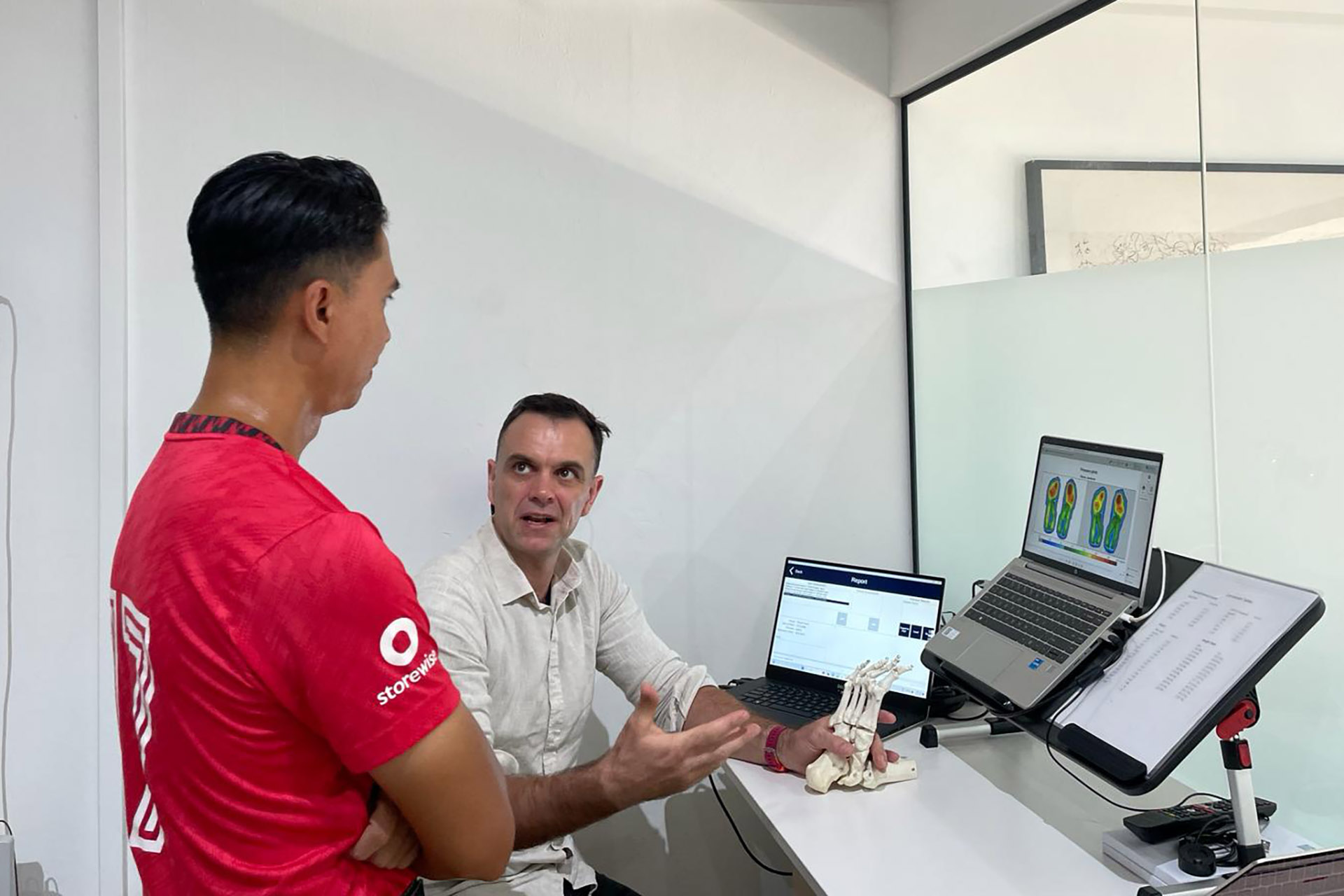Foot Imbalances Common Among Children
Foot imbalances are prevalent among children, but most can be easily treated – as long as they’re caught early.
It’s wise to get a child checked out by a podiatrist if they complain of unexplained pain in their lower body. Often, children with trouble with their feet adjust their walk to compensate and end up with mysterious pain in their knees or hips from unnaturally supporting their weight. Dismissing it as “just growing pains” can be dangerous; you should always try to get a diagnosis. In general, growing pains aren’t nearly as joint as parents think.

And it’s never too early to start. The 56 bones in a baby’s foot make up half the bones in its body. Podiatrists recommend seeking professional advice immediately if a newborn baby’s feet don’t look right because it’s often easier and faster to treat a deformity before the child starts walking.
One thing to bear in mind is not all podiatrists have the experience or equipment to treat children’s feet. Some sophisticated high-tech scanners can’t ‘read’ children’s feet properly because they are more triangular than adults – so I feel grateful to have the most up-to-date equipment in my clinic.
People often expect kids to grow out of foot problems: sometimes they do, as in most cases of children’s flat feet; sometimes they don’t, but only an expert can predict whether a child’s feet will get better or worse.
For example, most children with flat feet will improve naturally without medical intervention. But those people whose feet stay pancake-flat until adulthood are far more likely to suffer lifelong problems, and correcting flat feet in adulthood is a painful and lengthy process.
Paediatric Injuries and Conditions
Contrary to what you might expect, sporty children are more vulnerable to foot problems than couch potatoes. If children spend hours a week wearing football boots, ice skates, or tap shoes, then there’s a risk that their feet will be stunted into the shape of their footwear. There may be benefits to barefoot walking for children.
Of course, squashed toes are nothing compared to the health risks that inactivity brings; to strike a balance, experts recommend that you should encourage kids to do a variety of sports and don’t let them specialise in a single favourite activity until they hit their teens and their growth has slowed.
Children are tough. Their bones are flexible, their muscles are strong, and they can bounce back from almost anything. It’s this incredible adaptability which means foot problems are such a threat. Because the bones in the feet are so flexible, they can be twisted and warped without the child suffering any pain. A foot problem is more challenging to see than a bruise and harder to diagnose than chickenpox, so it often takes parents a long time to realise something is wrong.
Explore Foot Health Issues for Children
If you are concerned about your infant’s foot health and need help intervening and preventing future injuries, find out more about our Pediatric Podiatry services.






